Junkyard Find: 1970 Chevrolet C10

There’s really no reason for an old Detroit pickup to die, but The Crusher’s blind hunger for steel makes no distinction between a Mercury Tracer with fire damage and a solid ’70 Chevy with small-block and manual transmission.
Here we see Brandon, captain of the Dr. Strangelove-themed Mercedes-Benz W110 LeMons car and in Denver for the B.F.E. GP, contemplating the possibility of bringing this truck back to Texas.
Nothing on this truck should cost much to fix, but its last owner may have racked up endless parking tickets and been a tow-away victim. Or perhaps the lure of $250/ton steel proved too much.

Murilee Martin is the pen name of Phil Greden, a writer who has lived in Minnesota, California, Georgia and (now) Colorado. He has toiled at copywriting, technical writing, junkmail writing, fiction writing and now automotive writing. He has owned many terrible vehicles and some good ones. He spends a great deal of time in self-service junkyards. These days, he writes for publications including Autoweek, Autoblog, Hagerty, The Truth About Cars and Capital One.
More by Murilee Martin
Latest Car Reviews
Read moreLatest Product Reviews
Read moreRecent Comments
- Jkross22 Ford already has an affordable EV. 2 year old Mach-E's are extraordinarily affordable.
- Lou_BC How does the lower case "armada" differ from the upper case "Armada"?
- TMA1 Question no one asked: "What anonymous blob with ugly wheels will the Chinese market like?"BMW designers: "Here's your new 4-series."see also: Lincoln Nautilus
- Ivor Honda with Toyota engine and powertrain would be the perfect choice..we need to dump the turbos n cut. 😀
- Oberkanone Nissan Titan....RIP


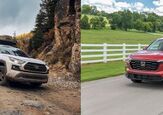
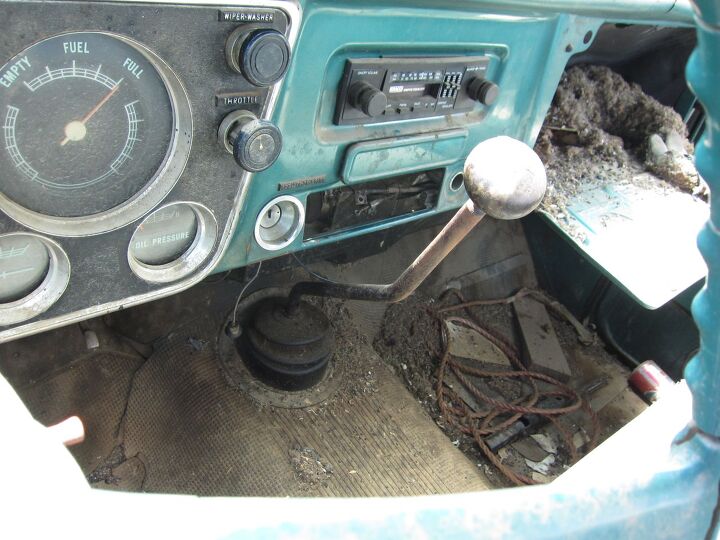
























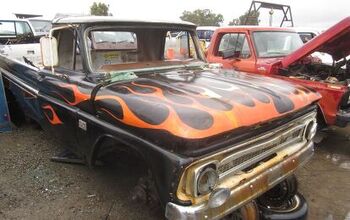
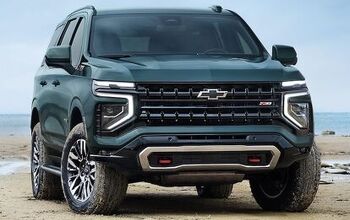
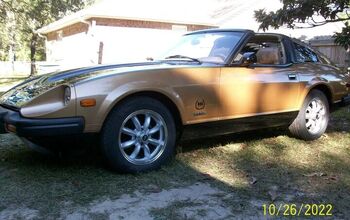

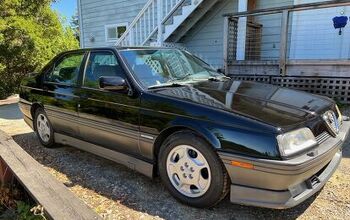
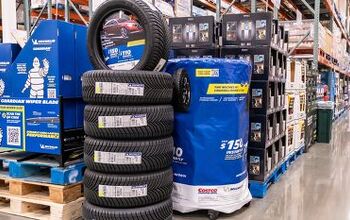
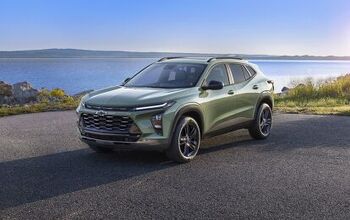



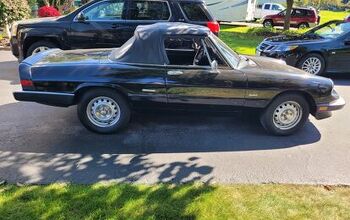

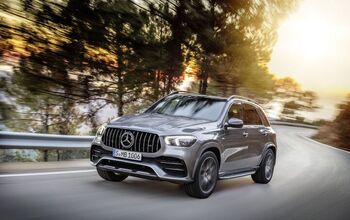
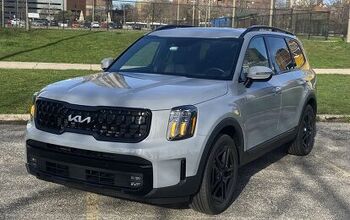

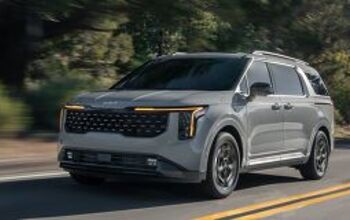

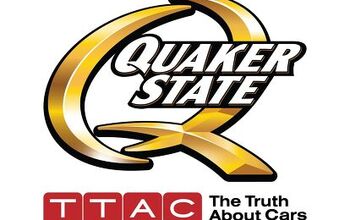
Comments
Join the conversation
You're right, I was thinking of the GM cars when I made that comment. Sorry about that, Murilee :)
Budda, notice on my avatar there is such a truck behind the 5th ave. Both vehicles belong to my wife's co workers. The truck is a 69 307 3 on the tree, low miles all original. It has manual steering but power brakes, no radio. It even still has the blockoff plate in the dash.